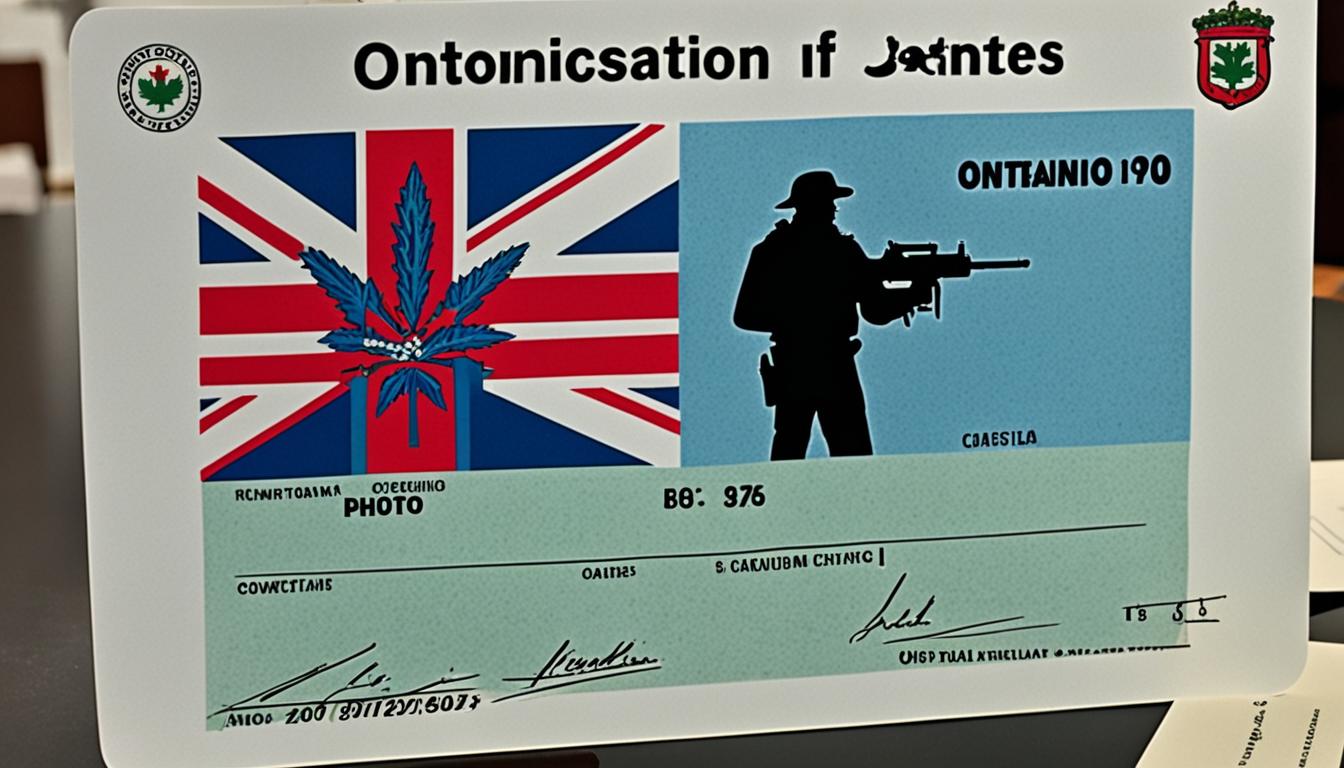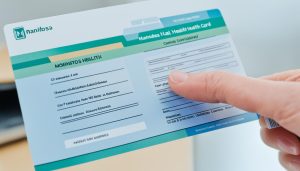If you’re a resident of Ontario, Canada, and you’re interested in owning a firearm, you’ll need to obtain a gun license. Understanding firearm licensing in Ontario can seem like a complex and overwhelming process, but with the right information and guidance, it can be a smooth and achievable endeavor. In this article, we will provide you with a comprehensive guide on how to get a gun license in Ontario, including an overview of the firearms license requirements and the steps to follow to ensure compliance with the law. Whether you’re a hunting enthusiast or interested in home defense, this article will equip you with the knowledge to navigate the regulations and procedures involved in obtaining a gun license in Ontario. Let’s dive in and help you embark on your journey to responsible firearm ownership.
Understanding the Canadian Firearms Safety Course (CFSC)
The Canadian Firearms Safety Course (CFSC) is a foundational training program designed to educate individuals on responsible firearms ownership and safe handling practices. This important step is essential for those seeking a firearm license application in Ontario, ensuring that all applicants are well-versed in gun safety courses, legal responsibilities, and related CFSC topics.
1. What is CFSC?
The CFSC, mandated by the Canadian government, provides comprehensive training on the evolution of firearms, basic safety practices, ammunition identification, and operational functionalities of different firearm actions. Silvercore Outdoors has been at the forefront of this training for over 25 years, certifying the majority of current instructors. The course encompasses both theoretical learning and practical handling, laying a solid groundwork for safe and responsible firearm ownership.
2. Topics Covered in CFSC
The CFSC includes a range of critical topics, each aimed at reinforcing the awareness and skills needed for safe firearm use:
- Evolution of firearms
- Basic safety practices
- Operating firearm actions
- Firing techniques
- Safe handling procedures
- Storage and transport regulations
Courses include practical handling testing and written examinations, requiring students to adhere to the ACTS (Assume, Control, Trigger, See) and PROVE (Point, Remove, Observe, Verify, Examine) principles. Instructors guide the class through these practices, emphasizing the importance of each topic to ensure comprehensive understanding and safe application.
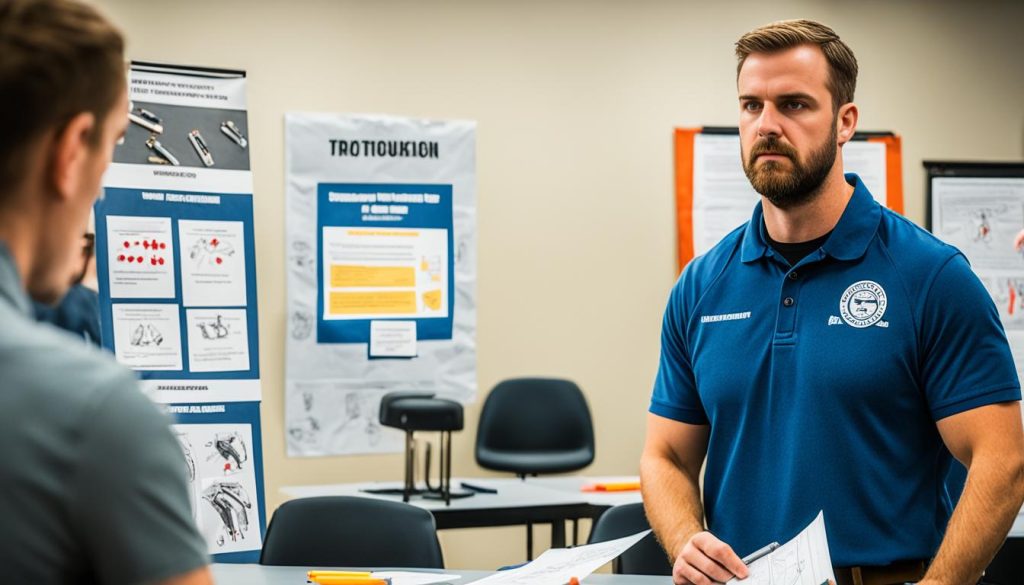
3. Course Duration and Exam
The CFSC typically takes about a day to complete and includes a stringent two-part exam: a 50-question multiple-choice test and a practical firearms-handling test. Each section of the exam has a minimum passing mark requirement of 80%. While the theoretical portion examines knowledge on CFSC topics, the practical test assesses hands-on skills, ensuring that each participant can safely handle firearms.
Successful completion of the CFSC and its examination is a vital component of the firearm license application. However, passing the course does not guarantee the issuance of a license. Applicants must also undergo a background check, and their license application is subject to a minimum 45-day processing period by the RCMP. Additionally, there is a mandatory waiting period of 28 days for those who do not currently hold a valid firearms license.
Firearms License Application Process
The gun license application process in Ontario is meticulous and involves several stages to ensure all firearm license requirements are thoroughly met. Completing a PAL application involves accurately filling out forms, undergoing background checks, and preparing for renewal every five years. Here are the essential steps in each part of the process:
1. Filling Out the Application Form
To begin, applicants must complete the prescribed forms, ensuring all information is accurate. This involves providing personal details, current photographs, and, in some cases, references. Missteps or missing information can delay the approval of your application. Below is an overview of essential steps and requirements:
| Steps | Details |
|---|---|
| Age Requirement | Must be at least 18 years old for Non-Restricted, Restricted, and Prohibited Firearms License. |
| CFSC/CRFSC Certification | Completion of CFSC and/or CRFSC courses. |
| Photographs | Provide current, passport-size photos. |
| References | Information from references who have known the applicant for a specified period. |
| Application Fee | Applicable fees as specified in the guidelines. |
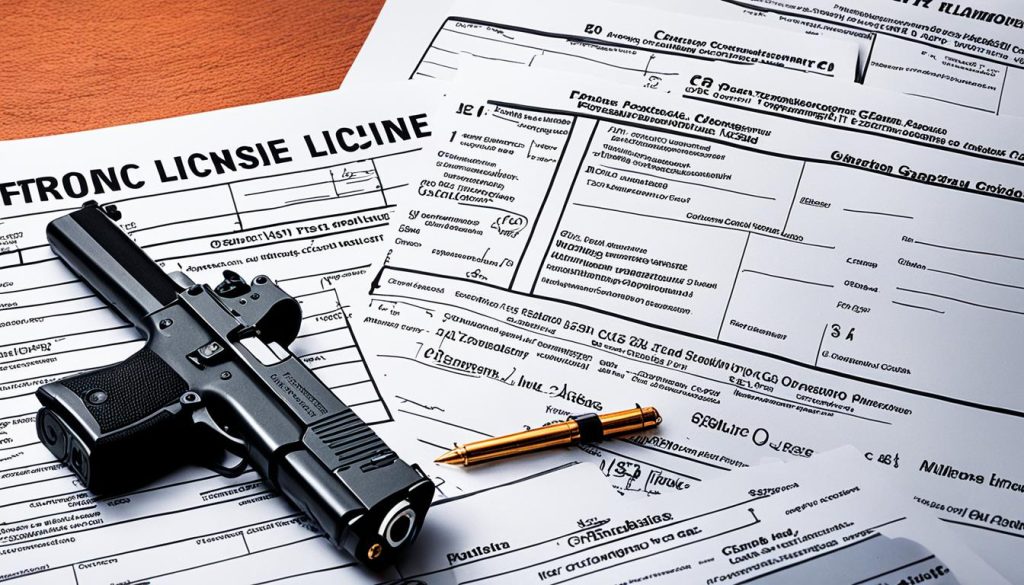
2. Background Checks and Waiting Periods
After submitting the form, the next crucial phase involves background checks and waiting periods. The RCMP mandates a processing timeline of at least 45 days, which includes thorough background checks to ensure applicants are eligible according to the firearm license requirements.
- Criminal Record: Scrutiny for any criminal activity, especially those related to violence or firearms.
- Palm Prints and Photographs: Sometimes required for additional verification.
- Minimum Waiting Period: 28 days for new applicants without a valid firearms license.
3. Renewing Your License
A PAL application doesn’t end once approved; it requires renewal every five years to maintain legal compliance. The renewal process ensures firearm owners consistently meet all firearm license requirements. These repeated checks and renewals help maintain a high level of public safety while confirming the applicant remains eligible under current regulations.
Make sure to stay proactive about your license status, keeping track of your renewal timeline. This foresight prevents any lapse in your legal ability to own or transport firearms.

How to Get a Gun License in Ontario?
Securing a gun license in Ontario involves understanding Canadian gun laws and following a systematic process. The essential starting point in the steps to get a gun license is completing the Canadian Firearms Safety Course (CFSC). This is a mandatory requirement for anyone seeking a Possession and Acquisition Licence (PAL) for firearms.
Applicants must enrol in the CFSC, which includes 8 to 10 hours of classroom instruction, covering crucial topics like ammunition types, firearm operation, and safety protocols. Certification requires passing both written and handling tests, administered by certified instructors from the Firearms Safety Education Service of Ontario (FSESO).
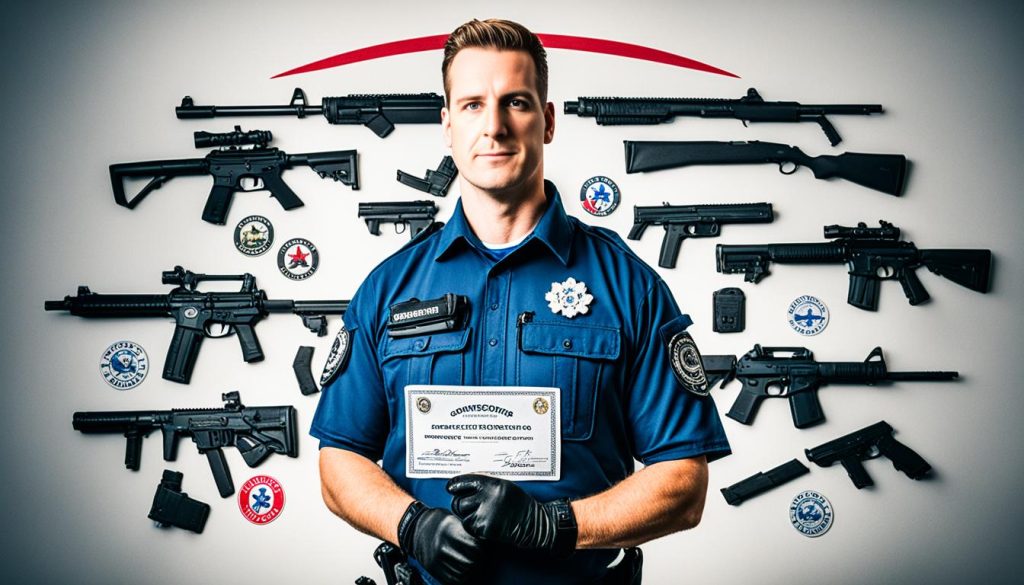
For those interested in restricted firearms, the process extends to completing the Canadian Restricted Firearms Safety Course (CRFSC), which adds another 6 to 8 hours of specialized instruction and additional testing. The CFSC and CRFSC can be taken consecutively, with back-to-back sessions including minimum 12 hours of instruction available for a maximum fee of $380 in Ontario.
After successful course completion, the next steps to get a gun license involve filling out the PAL application, which must be meticulously submitted. This application requires personal information, details about the completed CFSC/CRFSC courses, and passing a thorough background check conducted by firearm regulatory authorities.
Here’s a detailed fee structure for these courses:
| Course | Maximum Fee |
|---|---|
| Canadian Firearms Safety Course (CFSC) | $210 |
| Canadian Restricted Firearms Safety Course (CRFSC) within 30 days & test | $170 |
| Canadian Restricted Firearms Safety Course (CRFSC) after 30 days & test | $210 |
| Both CFSC & CRFSC (Back-to-Back) (Minimum 12 hours instruction) |
$380 |
Attend classes taught by instructors certified by the Chief Firearms Office of Ontario, who offer diverse language options across the province. Following the successful submission of your PAL application and compliance with the mandatory waiting period, your firearm license will be issued, granting legal possession and acquisition rights as per Canadian gun laws.
Inquiries for additional information or specific requirements can be directed to the Chief Firearms Officer of Ontario or the FSESO through their contact number 1-877-322-2345 ext.101.
Authorization to Transport (ATT) for Restricted Firearms
An Authorization to Transport (ATT) is mandatory for the legal transportation of restricted firearms like handguns in Ontario. These restricted firearms must be transported to specified locations, such as shooting ranges, with the proper ATT in place. This regulation has been part of the legal landscape since the regulations were laid before Parliament on November 27, 1996, coming into force on December 1, 1998.
1. What is an ATT?
An ATT allows for the transportation of one or more restricted firearms or prohibited firearms within Canada. Bill C-42 made these authorizations a condition of a license for specific activities, such as target shooting, gunsmith visits, or transfers. Due to these regulations, ATTs have become an essential element for lawful firearm ownership, ensuring that all transport activities are thoroughly documented and justified.
2. Applying for an ATT
The ATT application process can be managed through a shooting club or directly via the Chief Firearms Officer (CFO). According to subsection 54(1) of the Firearms Act, applicants can apply by telephone, either by speaking to a person or through an interactive voice response system. Applicants must provide their name, reason for transport, frequency, dates and times, and the departure and destination locations. Additionally, they must supply their license number, registration certificate number for the firearm, and other pertinent identification details.
Since the introduction of Bill C-71, an ATT attached to a Restricted Possession and Acquisition License (RPAL) is limited to transport for target shooting and bringing firearms home from the place of purchase. For other purposes, license holders must apply for a specific ATT. Non-residents must provide additional data, such as a customs officer’s confirmation number, firearm details, and ammunition quantity.
To request an ATT, individuals can contact the CFO at 1-800-731-4000 or email at CFOON@cfp-pcaf.ca.
3. Expiration and Renewal of ATT
ATTs are generally issued for up to five years, mainly to members of approved shooting ranges. However, if an individual’s license to possess the firearms mentioned in the ATT is revoked or expires, the authorization must be revoked by the CFO. Notice of refusal or revocation can be given personally, via registered mail, or electronically, adhering to specific timelines for receipt.
Applicants must ensure that their Authorization to Transport is renewed periodically, typically every three years, to maintain lawful use and transportation of restricted firearms in Ontario. For a successful renewal, the CFO must confirm that the applicant continues to engage in legitimate firearm activities.
Benefits of Obtaining a Gun License in Ontario
Obtaining a gun license in Ontario provides numerous advantages that extend beyond mere possession. A clear benefit is the capacity for lawful firearm ownership, ensuring compliance with provincial and national regulations. This enables individuals to legally purchase, possess, and transport firearms, including participating in recreational shooting activities such as hunting and sport shooting.
Recreational shooting forms a significant aspect of firearm usage in Ontario. With a valid gun license, enthusiasts can engage in diverse shooting sports, access gun clubs, and participate in competitive shooting events. Moreover, hunting licenses, exclusive for licensed holders, permit individuals to pursue small and big game hunting, offering a thrilling outdoor experience.
1. Secure and Responsible Usage: Individuals with a gun license are educated in safe storage, handling, and transportation of firearms. This is crucial for minimizing risks and ensuring public safety. Furthermore, lawful firearm ownership fosters a responsible gun culture.
2. Access to Services: Licensed individuals can access professional appraisals, maintenance services, and training programs. They are also eligible to purchase from reputable gun sellers, ensuring quality and compliance with legal standards.
3. Compliance with Regulations: By obtaining a Possession Acquisition Licence (PAL), individuals meet strict Canadian requirements for owning firearms, including passing the Canadian Firearms Safety Course (CFSC) and background checks.
Gun license advantages are multifaceted, allowing for lawful firearm ownership and engaging in controlled recreational shooting events. These licenses ensure that individuals are well-versed in secure storage and competent handling, significantly contributing to overall public safety and responsible usage.
An overview of licensing and classifications in Ontario outlines the essentials for lawful firearm ownership:
| Topic | Detail |
|---|---|
| Licensing Body | Royal Canadian Mounted Police (RCMP) |
| Licence Types | Non-Restricted, Restricted, and Prohibited Firearms |
| Age Requirement | 18 years or older |
| Course Requirements | CFSC for Non-Restricted, CRFSC for Restricted |
| Renewal Period | Every 5 years, with background checks |
| Non-Resident Firearms Declaration | Temporary licence for non-residents visiting for fewer than 60 days |
| Transport Regulations | Authorization To Transport (ATT) required for restricted firearms |
| Big Game Hunting Tags | Specific species tags including moose, deer, and black bear |
Holding a gun license in Ontario thereby provides a structured pathway for individuals to enjoy various firearm-related activities, underscoring the multiple advantages from legal compliance to active participation in community-reinforcing recreational shooting.
Conclusion
The pathway to obtain a firearm license in Canada is rigorously structured to ensure responsible firearm ownership. Beginning with the Canadian Firearms Safety Course (CFSC), applicants are educated on the safe handling and storage of firearms. The emphasis on safety continues throughout the application process, where individuals must submit their application to the Royal Canadian Mounted Police (RCMP) and meet various statutory obligations. This comprehensive approach underscores the importance of responsible firearm stewardship in Canada.
Canada’s firearm classification system, which includes non-restricted, restricted, and prohibited categories, further illustrates the country’s commitment to public safety. The process demands thorough background checks and adheres to strict criteria, including prohibiting individuals with violent crime histories or mental illness from owning firearms. Additionally, self-defense laws, which emphasize the use of reasonable force and the duty to retreat, align with these safety principles, providing a balanced framework for lawful firearm ownership and usage.
For those exploring self-defense options beyond firearms, Canada offers various legal tools and training methods, such as pepper spray, tactical flashlights, and martial arts training like Krav Maga. These alternatives can effectively enhance personal safety without resorting to lethal means. By fostering an environment of education and stringent regulation, Canada ensures that those who obtain a firearm license are well-prepared and responsible gun owners, contributing to the overall safety and well-being of the community.
FAQ
1. What is the first step to obtaining a gun license in Ontario?
The first step to obtaining a gun license in Ontario is completing the Canadian Firearms Safety Course (CFSC), which imparts crucial firearms handling knowledge and skills.
2. What topics are covered in the Canadian Firearms Safety Course (CFSC)?
The CFSC covers the evolution of firearms, safety practices, ammunition types, operating firearm actions, firing techniques, and the legal responsibilities of firearm owners.
3. How long does the Canadian Firearms Safety Course (CFSC) take, and what are the exam requirements?
The CFSC typically takes one day to complete and includes both a written multiple-choice exam and a practical firearms handling test. Both components must be passed to be eligible for a gun license.
4. How do I fill out the application form for a firearms license in Ontario?
To fill out the application form, you must accurately complete all required fields, provide necessary documents such as a current photograph, and adhere to instructions provided in the PAL application.
5. What are the background checks and waiting periods for a gun license in Ontario?
A thorough background check is conducted, and a mandatory 28-day waiting period is enforced for first-time applicants. The RCMP requires a processing period of at least 45 days for the license.
6. How often do I need to renew my firearms license in Ontario?
Firearms licenses in Ontario need to be renewed every five years. Ensuring timely renewal helps maintain legal compliance and continual firearms ownership privileges.
7. What are the steps to get a gun license in Ontario?
The steps include completing the CFSC, passing the necessary exams, filling out a PAL application, submitting required documents, undergoing background checks, and abiding by the waiting period before receiving your license.
8. What is an Authorization to Transport (ATT) for restricted firearms?
An ATT is a permit required for the legal transportation of restricted firearms, such as handguns, to designated areas like shooting ranges.
9. How do I apply for an Authorization to Transport (ATT)?
You can apply for an ATT through a shooting club or association. The application involves providing details about the firearm and the transportation purpose.
10. When does the Authorization to Transport (ATT) expire, and how do I renew it?
The ATT generally expires every three years and must be renewed before its expiration to ensure lawful transportation of restricted firearms continues.

